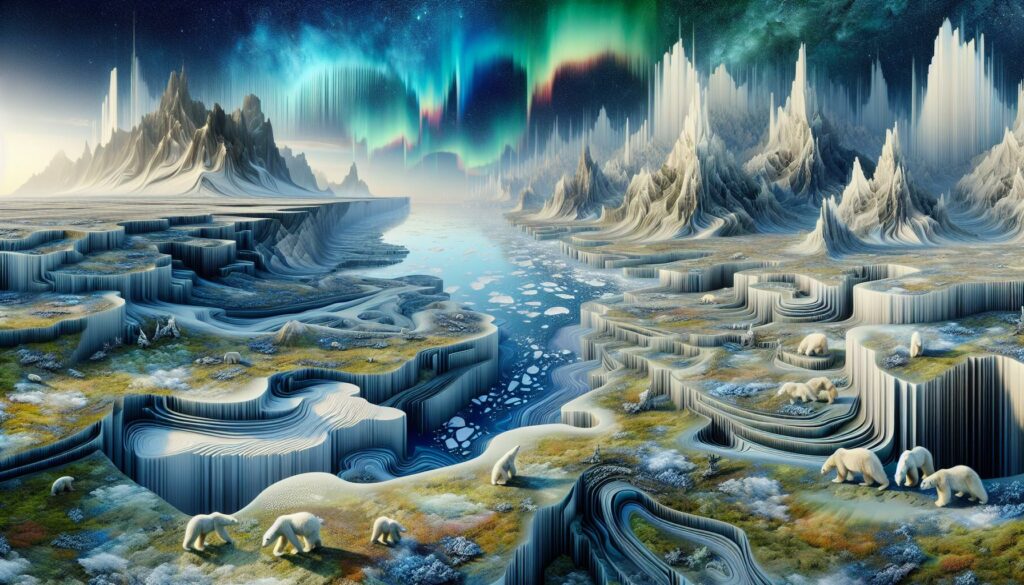Qikiqtaaluk, nestled in the heart of Nunavut, embodies the pristine beauty and rich cultural heritage of the Canadian Arctic. I’ve always been fascinated by its vast landscapes, where snow-covered mountains meet endless ice fields, creating a mesmerizing panorama.
Delving into Qikiqtaaluk offers a unique glimpse into the lives of the Inuit communities that call this region home. The blend of traditional practices and resilience in the face of modern challenges highlights the spirit of its people. From vibrant local art to stunning natural wonders, Qikiqtaaluk captivates with its diverse offerings.
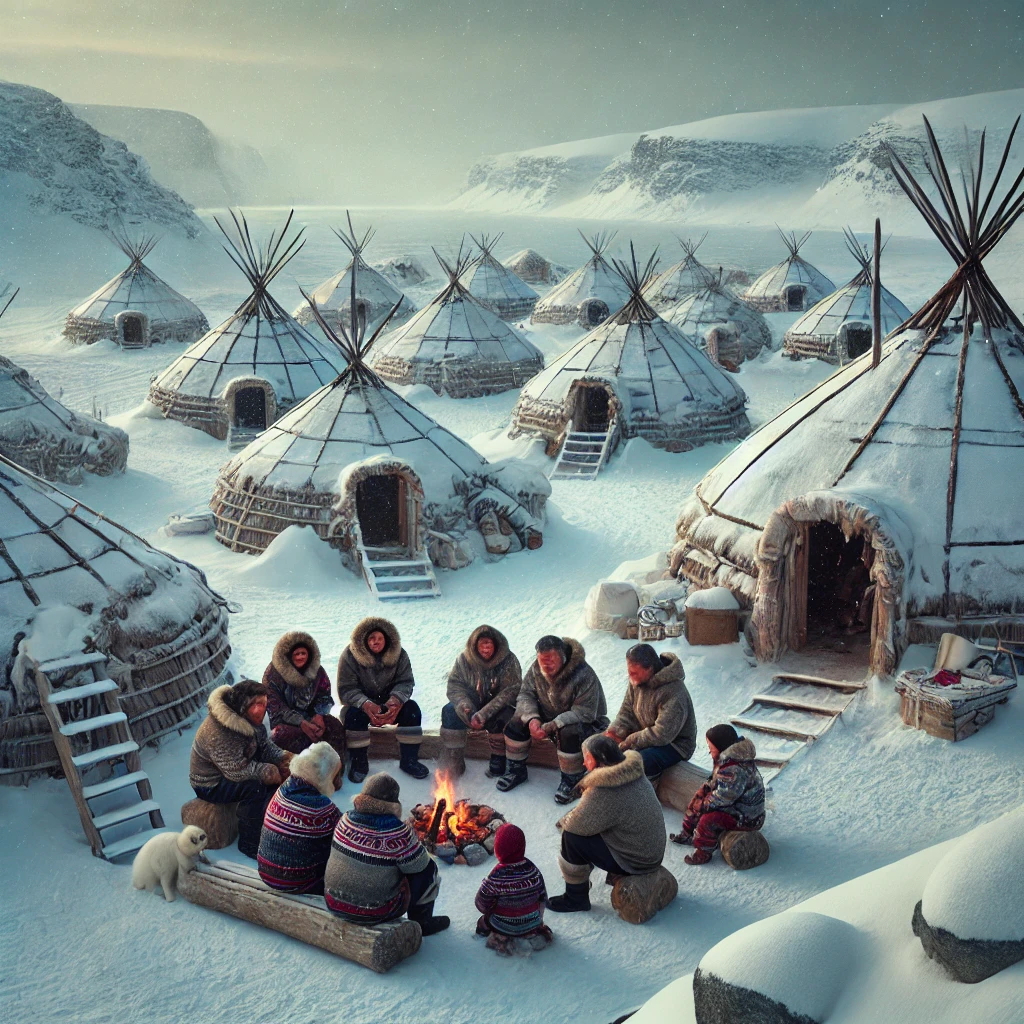
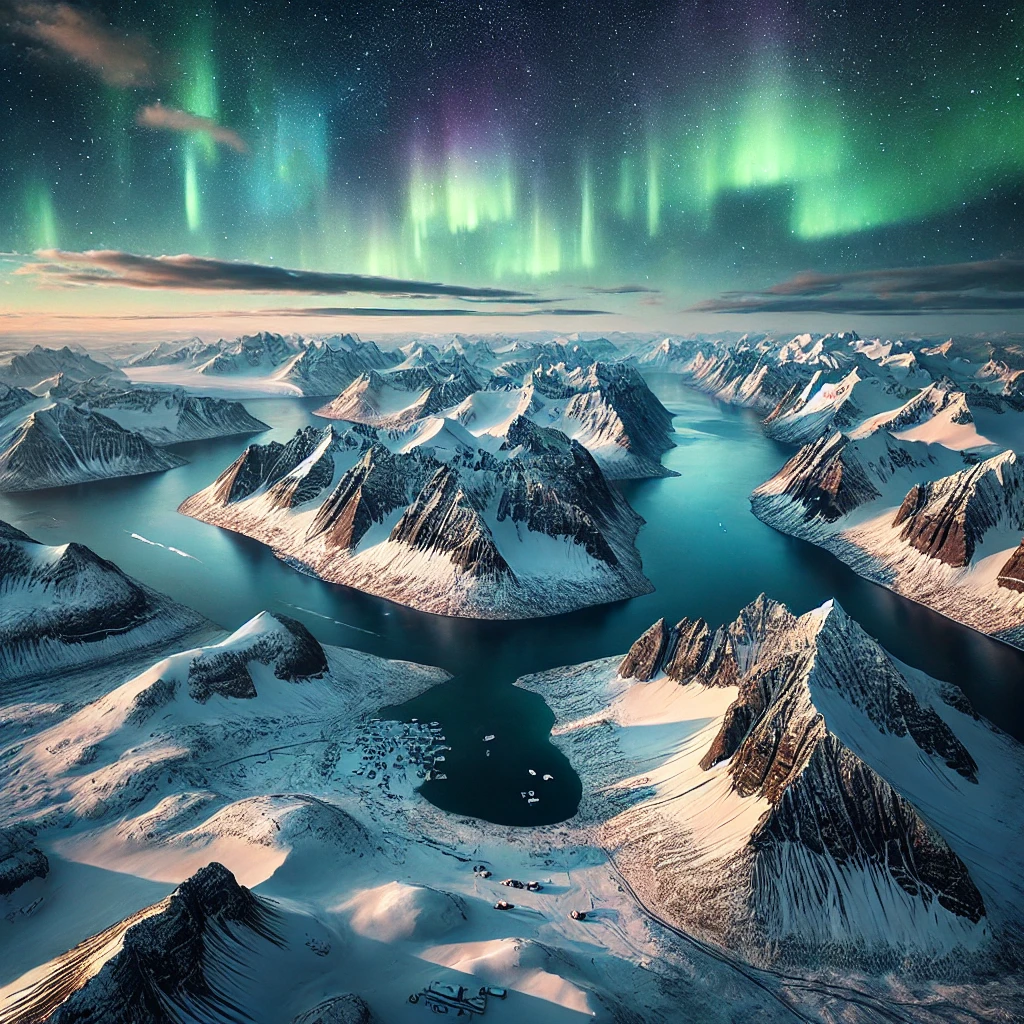
Whether you’re an adventurer seeking untouched wilderness or someone keen on understanding Arctic cultures, Qikiqtaaluk has something to inspire. Join me as I explore the essence of Qikiqtaaluk, uncovering the stories, adventures, and unparalleled beauty that make this Arctic region truly remarkable.
Overview Of Qikiqtaaluk
Qikiqtaaluk, also known as the Baffin Region, is the largest administrative region in Nunavut, Canada. Spanning over 507,451 square kilometres, it encompasses Baffin Island, the fifth-largest island in the world, along with numerous smaller islands. The region’s terrain features towering fjords, expansive tundra, and majestic glaciers, offering diverse habitats for wildlife such as polar bears, Arctic foxes, and caribou.
Inhabited primarily by Inuit communities, Qikiqtaaluk showcases a rich cultural heritage. Traditional practices like hunting, fishing, and crafting remain integral to daily life, reflecting resilience and adaptability. Modern influences blend with age-old customs, fostering a vibrant community spirit.
Economic activities in Qikiqtaaluk include mining, tourism, and arts. The region hosts several mineral deposits, contributing to Canada’s mining sector. Tourism thrives on adventure seekers drawn to activities like kayaking, hiking, and witnessing the Northern Lights. Local artisans produce distinctive Inuit art, including carvings, textiles, and prints, which gain international recognition.

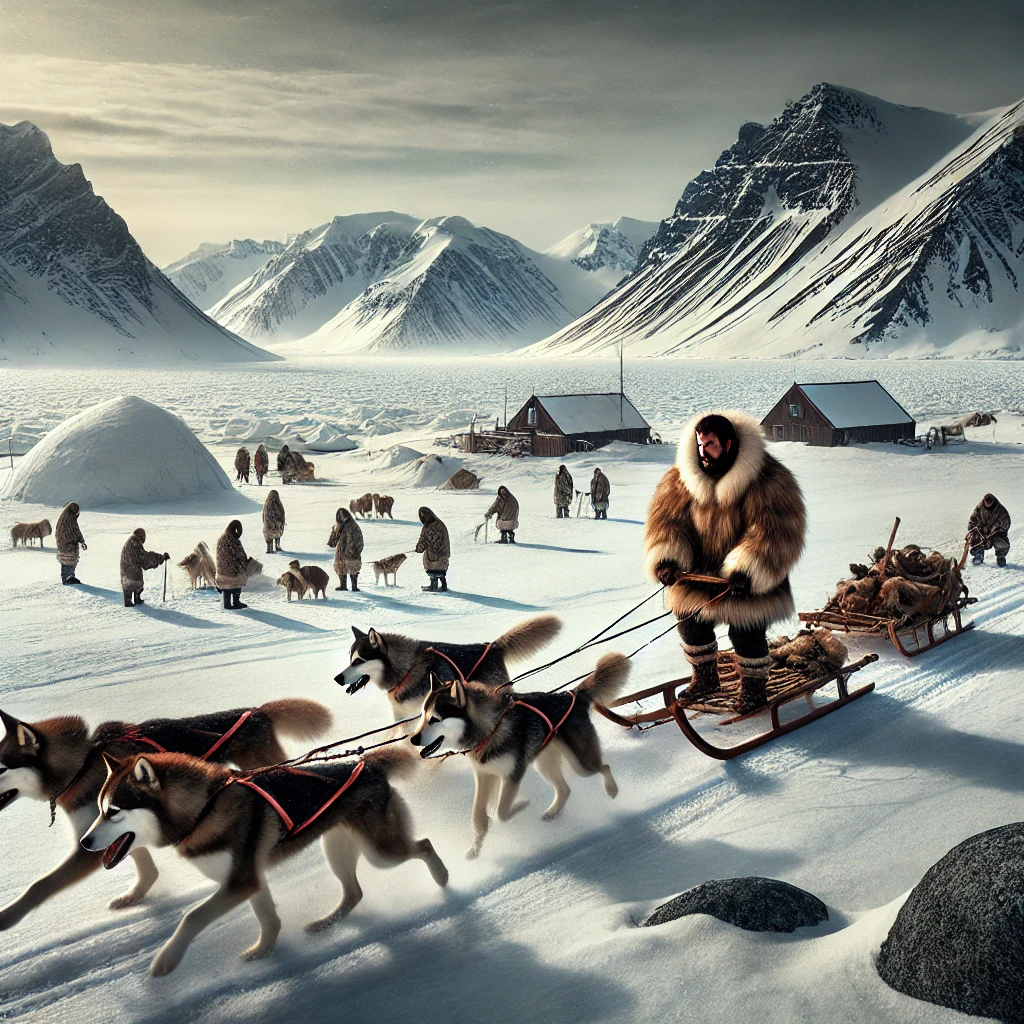
Infrastructure in Qikiqtaaluk is developed to support its vast and remote landscape. Air travel serves as the primary mode of transportation, connecting communities to larger centres like Iqaluit, the regional capital. Educational institutions and healthcare facilities ensure essential services are accessible to residents.
Climate in Qikiqtaaluk is characterized by long, cold winters and short, cool summers. Average temperatures range from -30°C in winter to 10°C in summer. The region experiences significant snowfall and extended daylight hours during summer, contrasting with polar nights in winter.
Qikiqtaaluk’s strategic importance stems from its natural resources and cultural significance. Ongoing initiatives focus on sustainable development, preserving the environment, and promoting Inuit self-governance. Efforts aim to balance economic growth with the protection of traditional ways of life and the pristine Arctic ecosystem.
| Key Statistics | Details |
|---|---|
| Area | 507,451 sq km |
| Population | ~25,000 |
| Major Communities | Iqaluit, Pangnirtung, Clyde River |
| Primary Languages | Inuktitut, English |
| Major Industries | Mining, Tourism, Arts |
| Climate | Arctic, with cold winters and cool summers |
Qikiqtaaluk offers a unique blend of natural beauty and cultural depth, making it a pivotal region in Canada’s Arctic landscape. Its communities continue to thrive, maintaining traditions while embracing modern advancements, ensuring a dynamic and enduring legacy.
Geography And Climate
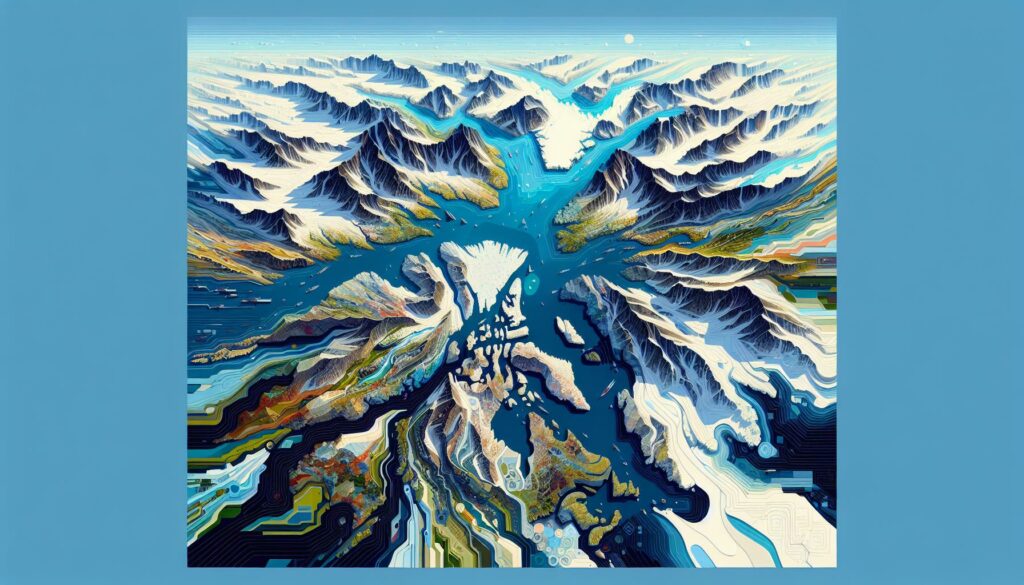
Mythologica Encyclopedia acts as a growing collection of mythological and folklore creatures worldwide. I add new entries regularly, expanding the compilation over time. Using a random wheel, I select creatures from diverse gods, spirits, and mythical beings I’ve encountered. If you have a favourite, it’s likely on the list—so watch for your special creature.
History And Heritage
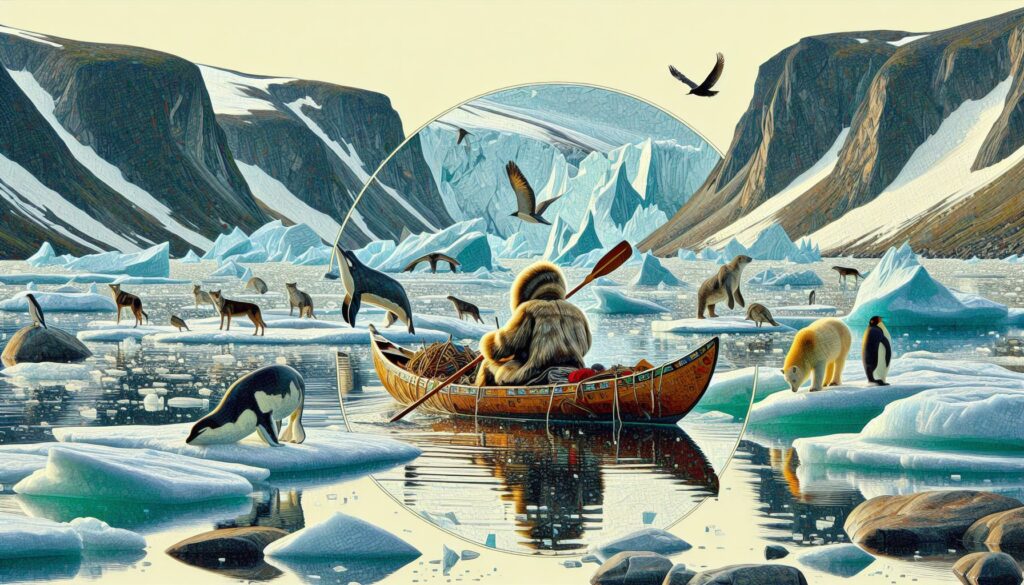
I explore Qikiqtaaluk’s history, highlighting its rich Indigenous heritage and early colonial interactions.
Indigenous Peoples
The Inuit have inhabited the Qikiqtaaluk Region for over 2,000 years, as confirmed by archaeological findings and Inuit Qaujimajatuqangit. Known as Tununirmiut, meaning “the people of a shaded or shadowy place,” they adapted to the mountainous landscape. These nomadic groups relied on abundant wildlife, including seals, whales, narwhals, and fish, to sustain their livelihoods.
Historical Events
In the early 1920s, traders, missionaries, and the Royal Canadian Mounted Police (RCMP) established a non-Inuit presence in the region. These groups founded initial settlements, shaping the area’s development and community dynamics.
Culture And Traditions
Qikiqtaaluk boasts a vibrant Inuit culture that seamlessly blends traditional practices with contemporary expressions.
Art And Music
Inuit art in Qikiqtaaluk features intricate carvings, prints, and textiles depicting local wildlife and legends. Artists utilise materials like soapstone, bone, and ivory to create sculptures of polar bears, seals, and narwhals. Printmaking remains a significant medium, capturing the region’s natural beauty and cultural narratives. Traditional throat singing and drumming complement modern musical expressions, fostering a dynamic cultural scene that preserves heritage while embracing innovation.
Festivals And Celebrations
Community gatherings celebrate Inuit traditions and seasonal cycles through festivals such as the Qikiqtaaluk Winter Festival. Events include traditional games, storytelling, and drum dances, reinforcing social bonds and cultural identity. Seasonal celebrations mark the hunting and fishing calendar, honouring the land and its resources. These festivals provide opportunities for intergenerational knowledge transfer, ensuring that Inuit practices and customs thrive in contemporary society.
Economy And Infrastructure
Qikiqtaaluk boasts a diverse economy supported by key industries and robust infrastructure developments.
Key Industries
- Fisheries: The region develops Nunavut’s inshore fishery. Companies like Qikiqtaaluk Corporation export seafood products to international markets.
- Mining: Qikiqtaaluk Corporation offers integrated services for mining operations, prioritising Inuit participation and employment.
- Construction: Qikiqtani Industry Ltd. (QIL) delivers construction services, including environmental and industrial projects across Nunavut.
- Tourism and Traditional Activities: Tourism thrives alongside traditional practices such as hunting, trapping, fishing, and gathering, generating income and strengthening community ties.
Transportation And Connectivity
Air travel serves as the primary mode of transportation in Qikiqtaaluk, connecting remote communities and facilitating the movement of goods. The region is enhancing its infrastructure with improved airports and reliable flight services. Additionally, marine transport plays a crucial role during the summer months, providing access to coastal areas. Road networks are limited but are being developed to support local transportation needs.
Tourism And Attractions
Qikiqtaaluk offers diverse attractions that showcase its natural beauty and cultural heritage. Visitors can explore stunning landscapes and engage in various outdoor activities.
Natural Landmarks
- Auyuittuq National Park: Located on Baffin Island’s Cumberland Peninsula, this park features fjords, glaciers, and ice fields. Notable sites include Penny Ice Cap, Mount Asgard, and Mount Thor.
- Sirmilik National Park: Situated on Baffin Island, it is home to glaciers like Bylot Glacier, Tasiilaq Glacier, and Oliver Glacier. The park also contains significant Inuit historical and archaeological sites.
- Baffin Island: The fifth-largest island in the world, known for its rugged terrain and Arctic wildlife, including polar bears, Arctic foxes, and caribou.
Activities For Visitors
- Kayaking: Navigate the pristine waters and fjords of Qikiqtaaluk, offering close encounters with marine wildlife.
- Hiking: Traverse trails in Auyuittuq and Sirmilik National Parks, providing views of glaciers, mountains, and tundra.
- Wildlife Viewing: Observe polar bears, Arctic foxes, and a variety of bird species in their natural habitats.
- Cultural Tours: Visit Inuit communities to learn about traditional practices, crafts, and history.
- Photography: Capture the stunning landscapes, from ice fields to midnight sun vistas, ideal for photography enthusiasts.
- Historical Site Exploration: Explore archaeological sites that offer insights into the region’s Inuit heritage and early colonial interactions.
Key Takeaways
- Vast and Diverse Geography: Qikiqtaaluk, the largest region in Nunavut, spans over 507,451 sq km and includes Baffin Island, fjords, tundra, and majestic glaciers, providing a stunning Arctic landscape.
- Rich Inuit Heritage: Home to approximately 25,000 Inuit residents, the region maintains a vibrant cultural heritage through traditional practices, arts, and community festivals.
- Thriving Economy: Key industries such as mining, tourism, and Inuit art contribute significantly to the local economy, supported by sustainable development initiatives.
- Natural Attractions and Activities: Qikiqtaaluk boasts renowned sites like Auyuittuq and Sirmilik National Parks, offering activities like hiking, kayaking, wildlife viewing, and photography.
- Arctic Climate: Characterised by long, cold winters and short, cool summers, the region’s climate shapes its unique ecosystem and seasonal lifestyles.
- Robust Infrastructure: Primarily reliant on air travel, Qikiqtaaluk’s infrastructure connects remote communities and supports essential services, enhancing accessibility and quality of life.
Conclusion
Exploring Qikiqtaaluk has truly been an unforgettable journey. The region’s awe-inspiring landscapes and deep-rooted Inuit culture create a unique tapestry that’s both vibrant and resilient. From the majestic glaciers to the intricate local art, every experience here is enriching. I’m inspired by how Qikiqtaaluk balances modern advancements with traditional practices, fostering a strong community spirit. Whether you’re an adventurer or someone keen on cultural discovery, Qikiqtaaluk offers a remarkable glimpse into Canada’s Arctic heart. I highly recommend visiting to witness its beauty and heritage firsthand.
Frequently Asked Questions
What is Qikiqtaaluk?
Qikiqtaaluk, also known as the Baffin Region, is the largest administrative area in Nunavut, Canada. Covering over 507,451 square kilometres, it includes Baffin Island, the fifth-largest island in the world. The region is renowned for its stunning landscapes, including towering fjords, expansive tundra, and majestic glaciers, as well as its rich Inuit cultural heritage.
What wildlife can be found in Qikiqtaaluk?
Qikiqtaaluk is home to diverse wildlife such as polar bears, Arctic foxes, and caribou. The region’s varied habitats, including tundra, fjords, and glaciers, support these species, making it a prime location for wildlife viewing and conservation efforts.
How do Inuit communities in Qikiqtaaluk maintain their traditions?
Inuit communities in Qikiqtaaluk preserve their traditions through practices like hunting, fishing, and crafting. These activities reflect their resilience and blend with modern influences to foster a vibrant community spirit. Cultural expressions such as carvings, throat singing, and drumming are integral to maintaining their heritage.
What are the main economic activities in Qikiqtaaluk?
The economy of Qikiqtaaluk is diverse, including mining, tourism, fisheries, and the arts. The region’s mineral deposits contribute significantly to Canada’s mining sector, while tourism thrives with activities like kayaking and hiking. Fisheries and construction also play vital roles in supporting the local economy.
How is infrastructure managed in such a remote region?
Infrastructure in Qikiqtaaluk is developed to support its vast and remote landscape, with air travel being the primary mode of transportation. Improvements to airports and flight services are ongoing, and marine transport is essential during the summer months. This infrastructure supports both the local population and visitors.
What attractions can visitors explore in Qikiqtaaluk?
Visitors to Qikiqtaaluk can explore natural landmarks like Auyuittuq and Sirmilik National Parks, engage in activities such as kayaking, hiking, and wildlife viewing, and participate in cultural tours. The region’s stunning landscapes and rich Inuit heritage offer a unique experience for adventurers and culture enthusiasts alike.
What is the Mythologica Encyclopedia?
The Mythologica Encyclopedia is a growing collection of mythological and folklore creatures from around the world. It features diverse gods, spirits, and mythical beings, with new entries added regularly through a random selection process. Readers are encouraged to discover their favourite creatures in this expanding compilation.
How does Qikiqtaaluk balance economic growth with cultural preservation?
Qikiqtaaluk balances economic growth with cultural preservation through sustainable development initiatives and promoting Inuit self-governance. This approach ensures that economic activities like mining and tourism do not compromise traditional ways of life or the pristine Arctic ecosystem, maintaining harmony between progress and heritage.
What is the climate like in Qikiqtaaluk?
Qikiqtaaluk experiences a polar climate characterised by long, cold winters and short, cool summers. The region receives significant snowfall and enjoys extended daylight hours during the summer months. This climate shapes the lifestyle and activities of both the local communities and visitors.
How has the history of Qikiqtaaluk shaped its present?
Qikiqtaaluk’s history is marked by over 2,000 years of Inuit habitation and early interactions with traders, missionaries, and the Royal Canadian Mounted Police in the 1920s. These historical interactions established initial settlements and shaped the region’s development, contributing to its current cultural and community dynamics.
Author

Josh Morley holds a Bachelor’s degree in Theology from the Trinity School of Theology and a Diploma in Theology from the Bible College of Wales. His academic journey involved interfaith community projects and supporting international students, experiences that shaped his leadership and reflective skills. Now based in Liverpool, Josh is also the founder of Marketing the Change, a digital agency specializing in web design and marketing.
View all posts

